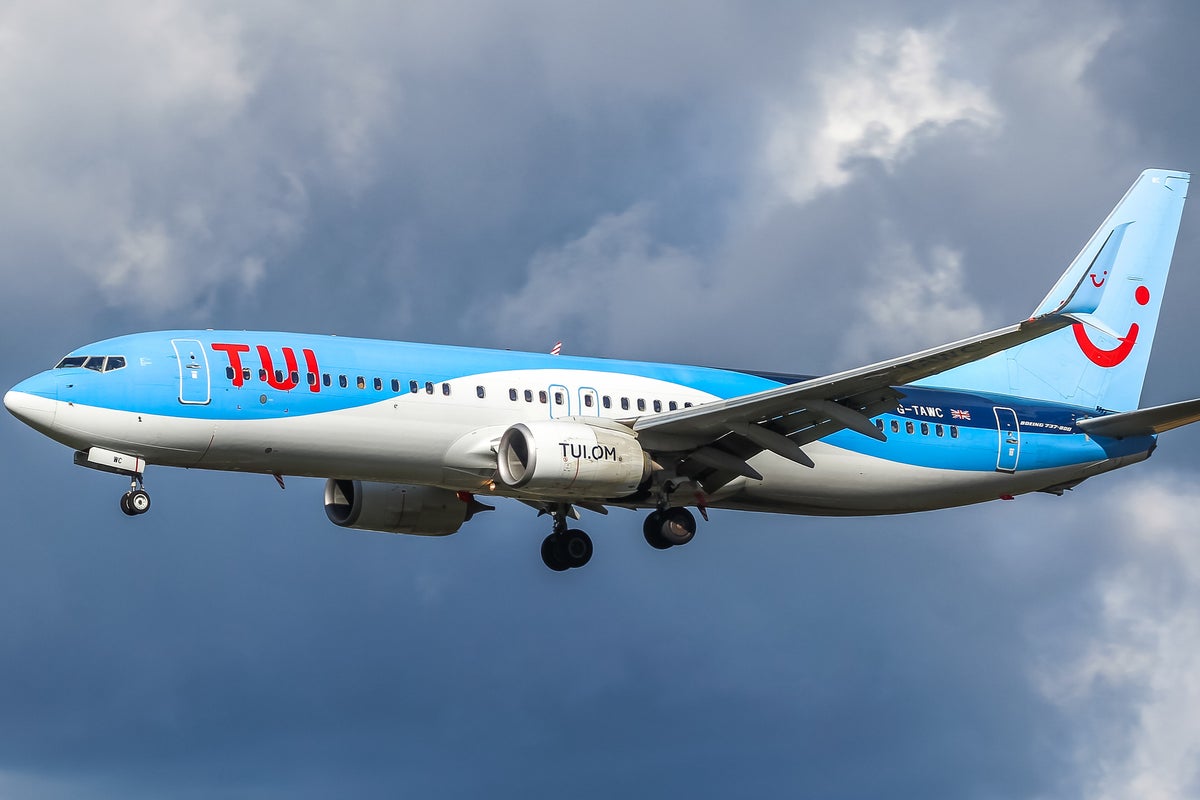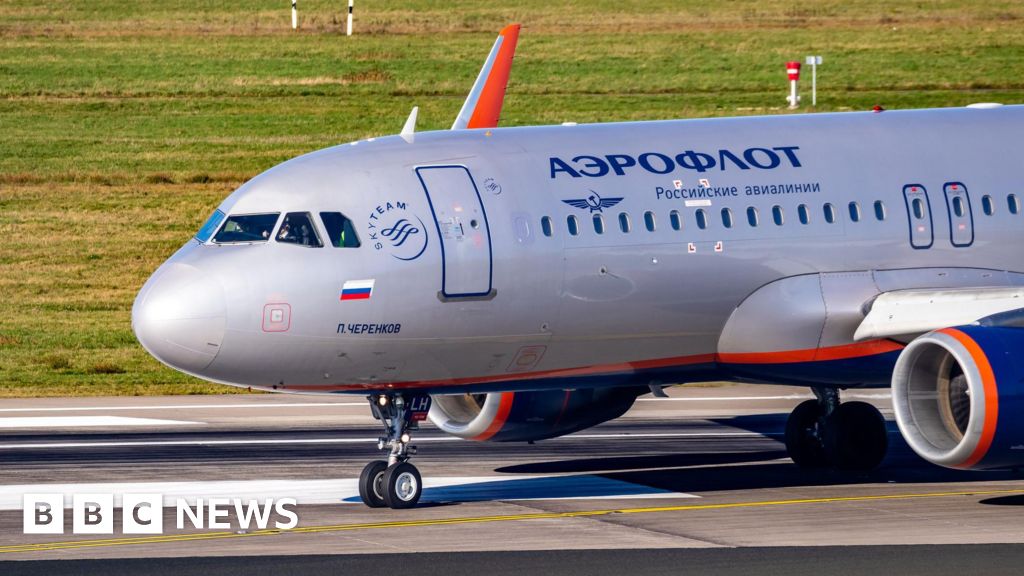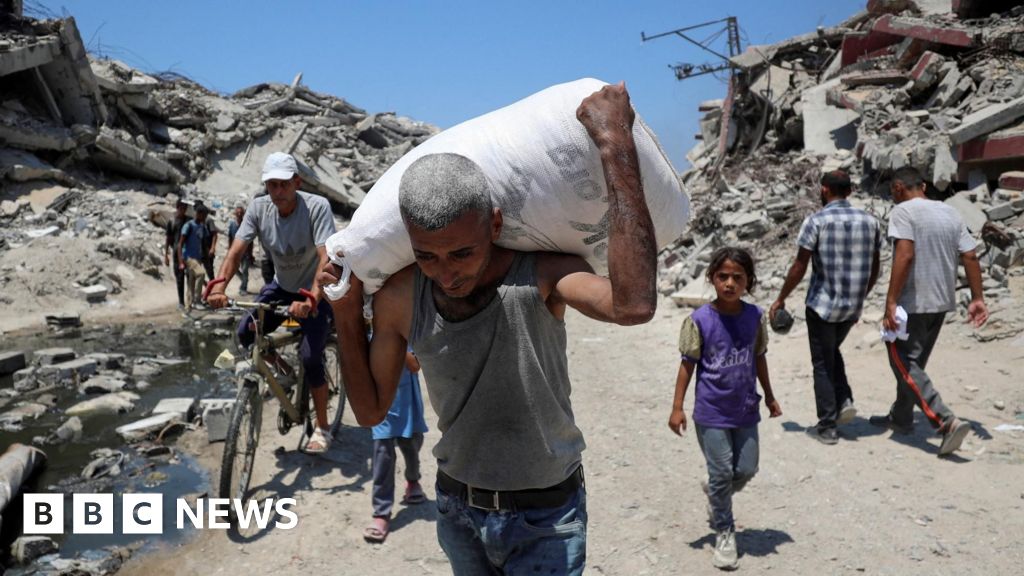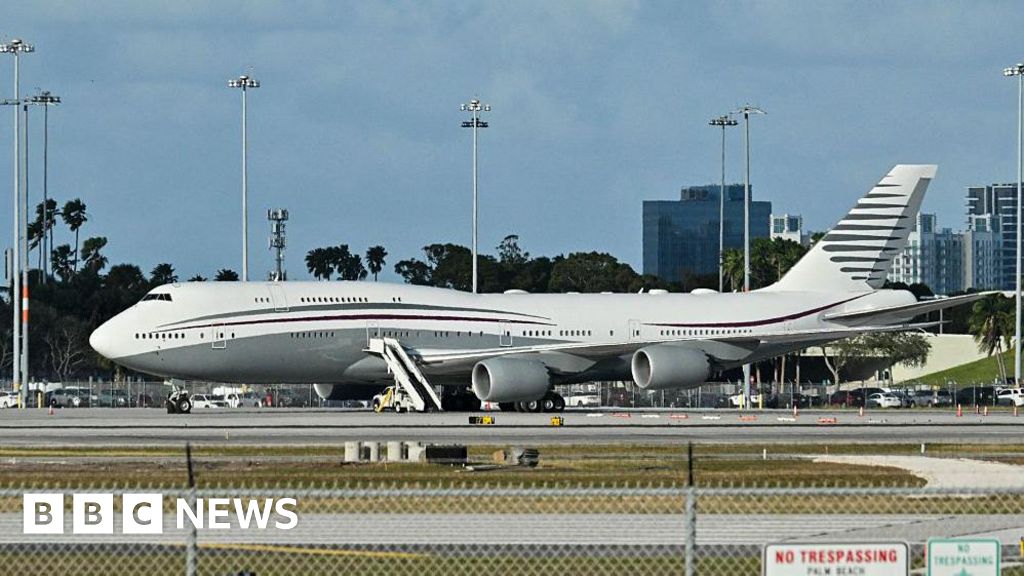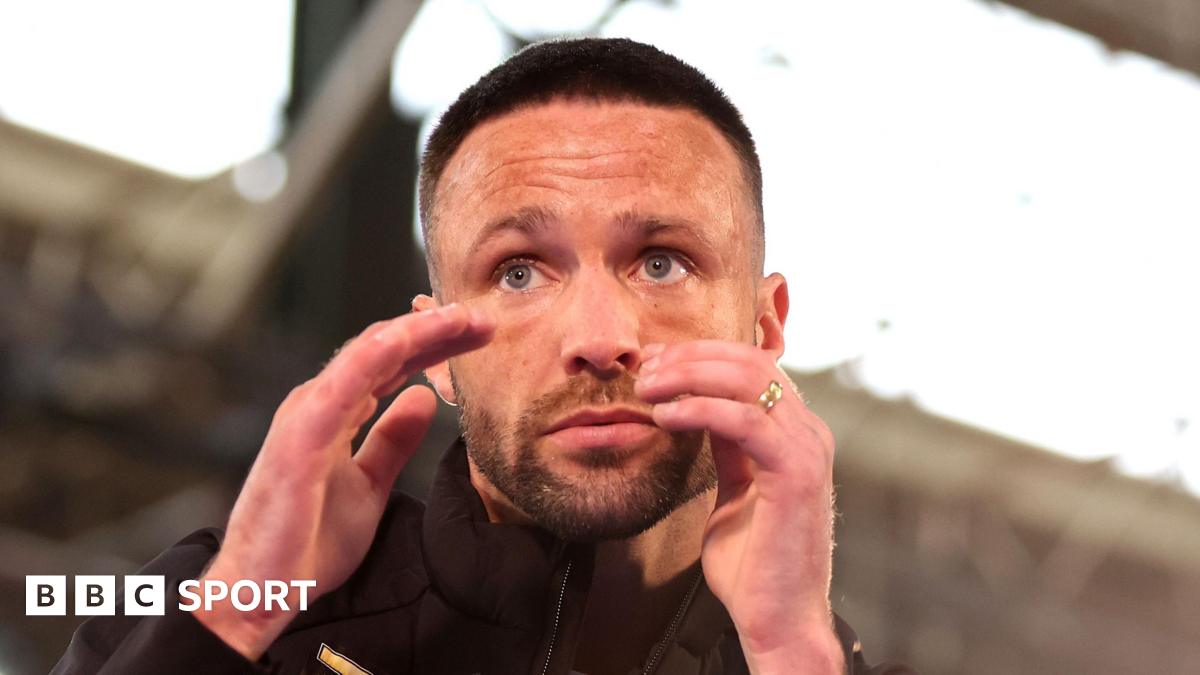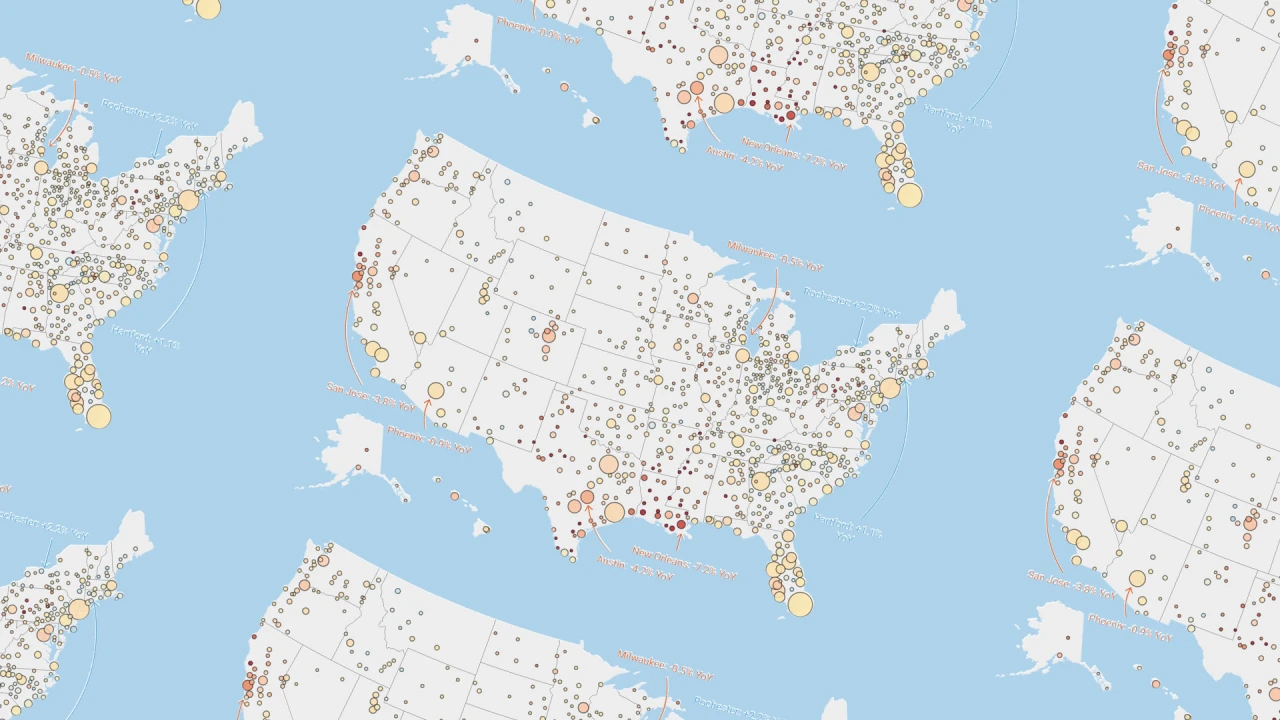With FEMA support disappearing, what should cities do to combat natural disasters?
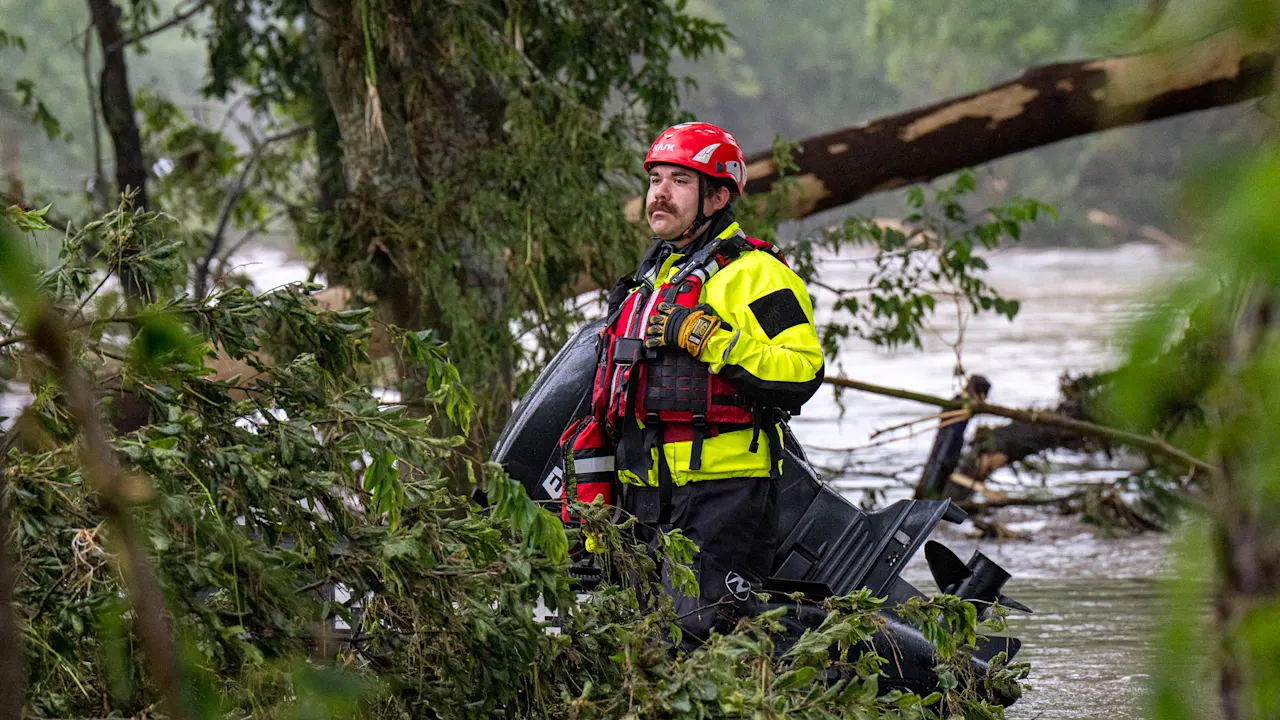
When the Trump administration canceled the Federal Emergency Management Agency’s (FEMA) Building Resilient Infrastructure and Communities (BRIC) program, it pulled the plug on grant funds from hundreds of communities working to prevent catastrophes.
BRIC wasn’t flashy or perfect, but it was essential. Its competitive, complex process favored large, well-resourced cities. Smaller, more vulnerable places often couldn’t keep up with the paperwork or wait out the delays. The program was bureaucratic, underfunded, and sometimes slow. But it did something that few else were designed to do: it gave localities from across the country access to federal dollars to proactively reinforce electrical grids, guard water lines, and prepare for floods, fires, and rising seas. In other words, it gave them a fighting chance to withstand increasingly destructive disasters.
With more than 95% of Americans living in counties that have experienced extreme weather since 2011, the benefits were bound to be widespread. And fiscally prudent, too. Every $1 spent on disaster prevention saves $13 in recovery costs, according to a 2024 study by the U.S. Chamber of Commerce. That’s not waste—that’s smart policy to shore up schools, homes, and neighborhoods and safeguard lives.
So, what now?
We build anyway.
A New Era of Public-Private Partnership
Urban academic institutions like ours are uniquely positioned to provide applied research, technical expertise, and programmatic support that can help municipalities continue making progress. Universities can serve as innovation labs, testing emerging technologies before jurisdictions invest in full-scale deployment.
Indeed, we need a new era of public-private partnership—not just with academic institutions, but collaborations where localities, businesses, and philanthropy also come together to do what government can’t and shouldn’t do alone: build vital facilities to withstand nature’s increasingly powerful storms and floods. At Cornell Tech, we’ve spent the last two and a half years doing exactly that. Through the Local Infrastructure Hub—a national nerve center galvanized by Bloomberg Philanthropies with support from other funders (Ballmer Group, Emerson Collective, Ford Foundation, the Kresge Foundation, and Waverley Street Foundation), specialists, and policy leaders—we are helping city halls strengthen systems and integrate technology-based tools that bolster infrastructure plans, pro bono.
Low-cost solutions
Perhaps most promising, from where I sit, is the role of artificial intelligence in revolutionizing local resilience. Even amid funding uncertainty, municipalities can deploy low-cost solutions to streamline processes, identify problems, and look ahead. Consider New York University’s Urban Systems Lab and its development of ClimateIQ. It’s a free, open-source tool that uses artificial intelligence to map neighborhood-level risks from floods and heat, helping local officials make faster, smarter decisions to prepare for severe weather events.
Likewise, digital twins—virtual replicas of physical infrastructure—allow planners to model impacts and interventions before committing precious capital to projects. Consider the benefits for municipal leaders in coastal towns susceptible to hurricanes and tropical storms. Instead of sketching evacuation routes and emergency responses on a paper map, they can use a digital twin to simulate what would happen if a bridge collapsed or a road flooded during a crisis. They can see how traffic might respond and adjust their plans proactively or in real time.
That’s exactly the kind of thinking behind a partnership between the city of Austin and the University of Texas. They deployed digital twin technology to respond to fast-moving grass fires, especially on the city’s east side where dry land and high asthma rates overlap. The system uses drones and weather data to map smoke in real time, then warns schools and senior centers downwind. It started with 2D maps, but when the data moved into a 3D model, it changed everything—people could actually see the risk and take action. It’s not just about shiny software; it’s about leveraging the strengths of each collaborator, building trust among key players, and using real data to protect people.
In Jacksonville, the University of Florida is piloting a digital twin project with the intent of scaling it statewide to model everything from wastewater treatment flows to outdoor areas especially prone to flooding. It will give officials an evidence-backed view of the future. In Chattanooga, a coalition that includes the University of Tennessee, Audi, Qualcomm, and others are using digital twins and cellular vehicle-to-everything (C-V2X) technology to make roads safer. These are the kinds of cross-sector efforts that city halls everywhere should be replicating.
Powerful tools
To be sure, digital twins and artificial intelligence aren’t silver bullets. But they are powerful tools. AI-driven systems can help cities analyze traffic flows, monitor water quality, and identify structural weaknesses in buildings—before disasters strike. With input from academics, assistance from entrepreneurs, and consortiums like the Local Infrastructure Hub—which has already helped 2,400-plus municipalities unlock national investment to design safer roadways, protect groundwater, mitigate floods, and more—local governments can implement these strategies today. That’s the model: targeted resources, expert guidance, and innovative ideas delivered by an ecosystem that spans sectors and connects officials to fellow peers.
Insurmountable losses
But we need more. We need nonprofits to expand their support. We need businesses to invest not only in smart cities, but resilient ones. We need researchers to step off campus and onto America’s main streets. And we need mayors to continue to lean into their frontline role as defenders against wildfires, windstorms, and other natural disasters—and reimagine the capabilities they need to lead on preparedness and mitigation.
This isn’t abstract. It’s about whether a community is just one crisis away from insurmountable losses to the local economy, public and private property, and people’s hopes for a dependably safe and sustainable way of life. A North Carolina state report on Hurricane Helene’s impact in 2024 said: “In addition to the devastating loss of life, the storm destroyed thousands of homes and damaged tens of thousands more. Millions of North Carolinians lost access to critical services like water and sewer, electricity, telecommunications, and healthcare facilities. Thousands of miles of roads and bridges were damaged. . . . The region’s economy has suffered a severe blow, threatening livelihoods and the long-term viability of communities.”
Let’s stop waiting for Washington to fix what localities are ready to solve. Let’s partner across sectors to keep our communities safe, secure, and prepared. Strong nations need strong cities. And strong cities don’t wait—they build.
What's Your Reaction?
 Like
0
Like
0
 Dislike
0
Dislike
0
 Love
0
Love
0
 Funny
0
Funny
0
 Angry
0
Angry
0
 Sad
0
Sad
0
 Wow
0
Wow
0


